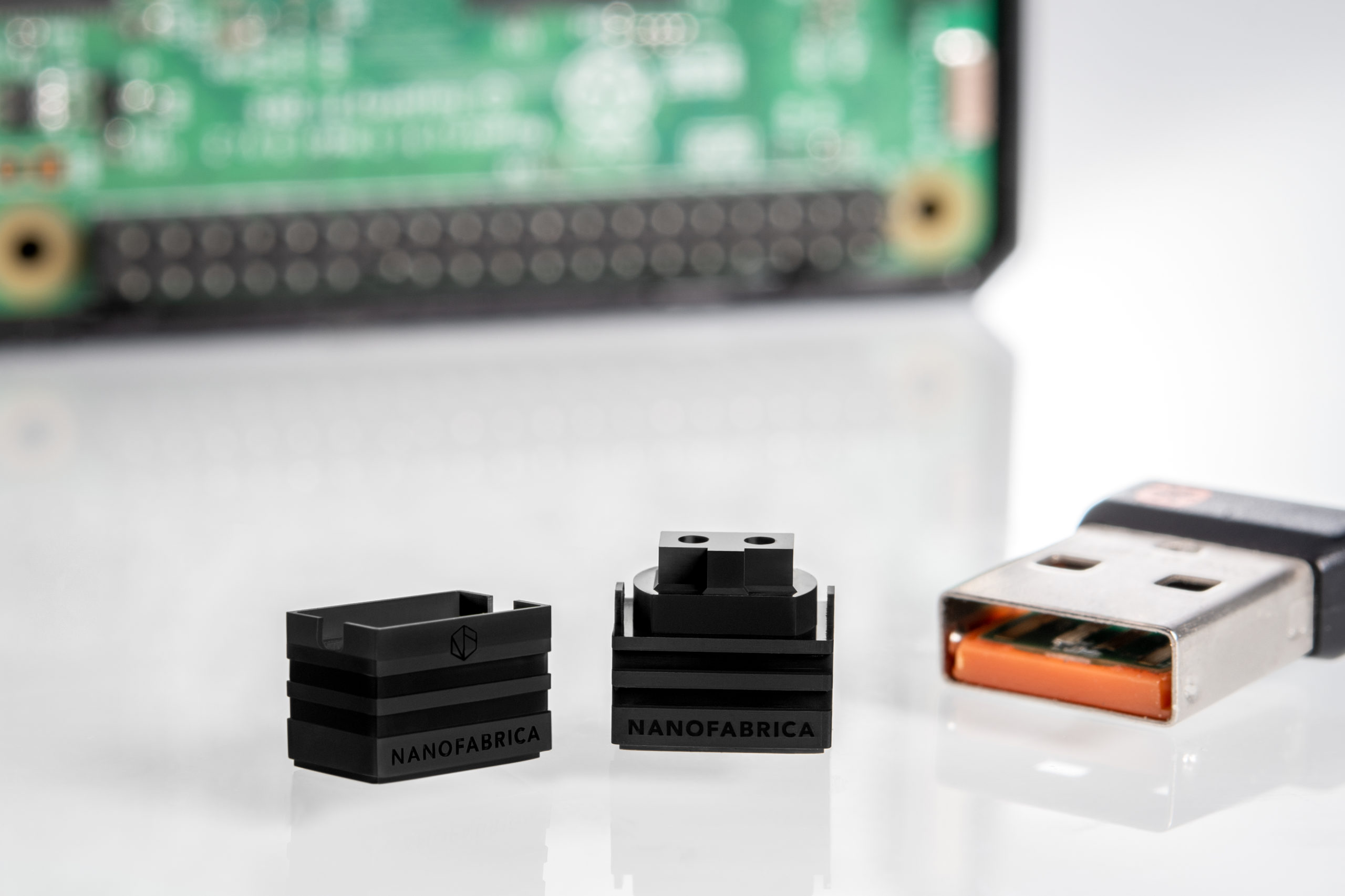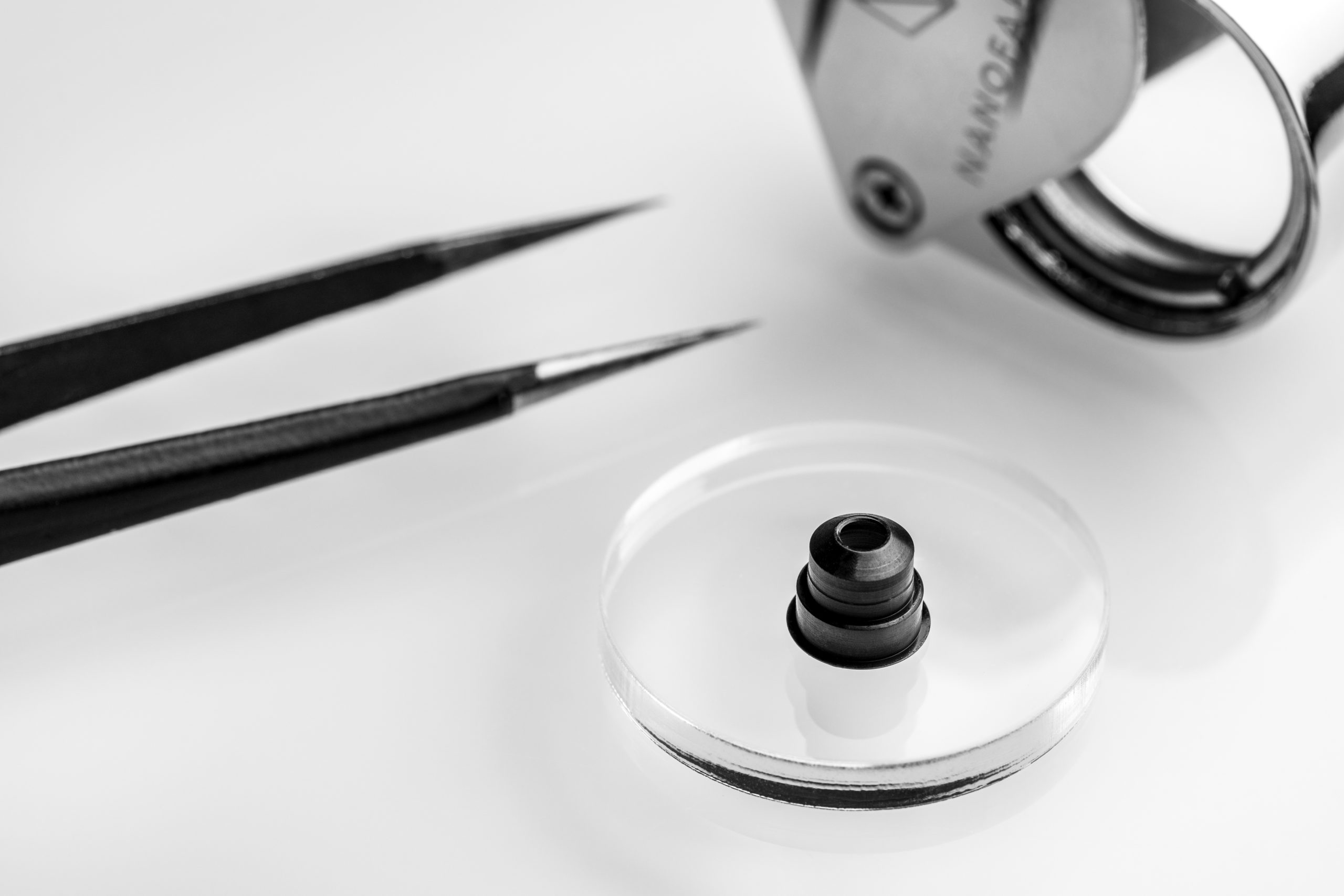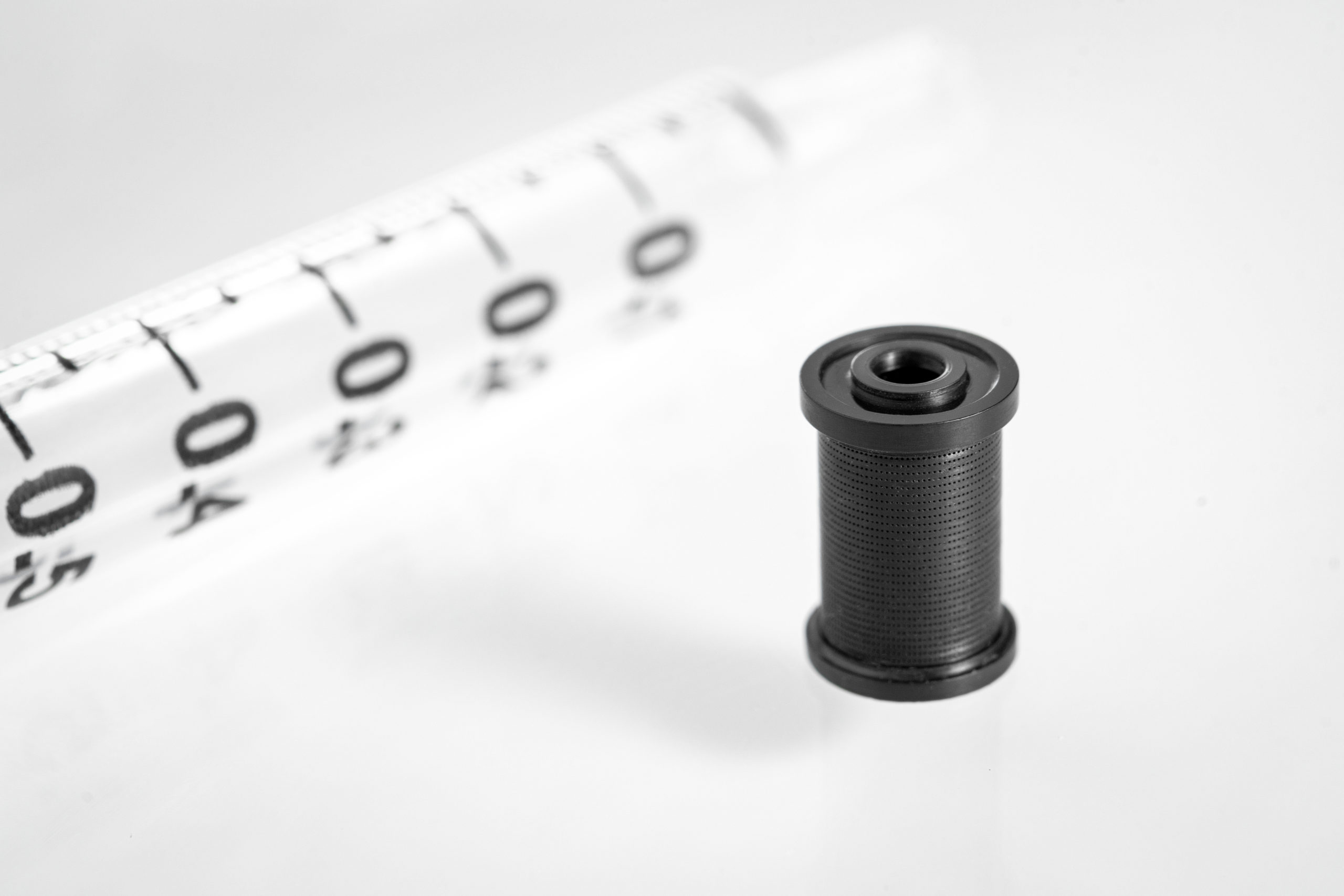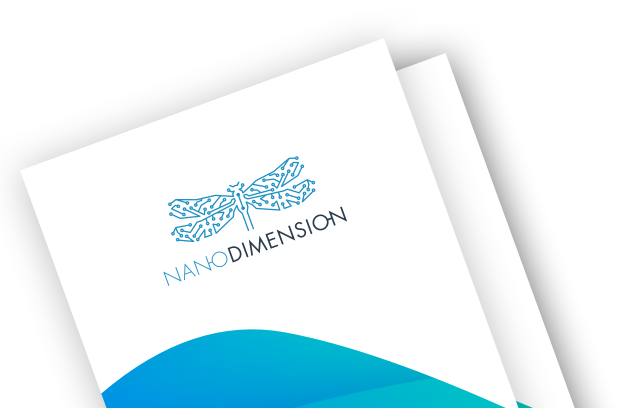What is ceramic injection molding?
At a high level, ceramic injection molding (also known as CIM) is a process where ceramic parts are created via injection molding. This is a process similar to plastic injection molding. A pelletized blend of Alumina, Zirconia, ATZ or ESD powder and certain binders are pre-heated and then injected into a custom mold to shape parts into a unique 3D design. When removed from the mold, the parts are then sintered at high temperatures before they are ready for use.
Nano Dimension’s Formatec division specializes in the development and production of technical ceramics for use in ceramic injection molding. Our technical ceramics enable parts with properties that are highly temperature, biological, chemical and wear resistant. The end result allows our parts to be used in high-tech, automotive, aerospace, consumer and medical industries. Ceramic parts excel in complex applications that require durability, abrasion resistance and extreme hardness.
Ceramic injection molding can be cost effective and is perfect for complex shapes that need to be produced in medium to large batches. Our process limits, and can even eliminate, the need for machining and post-processing.
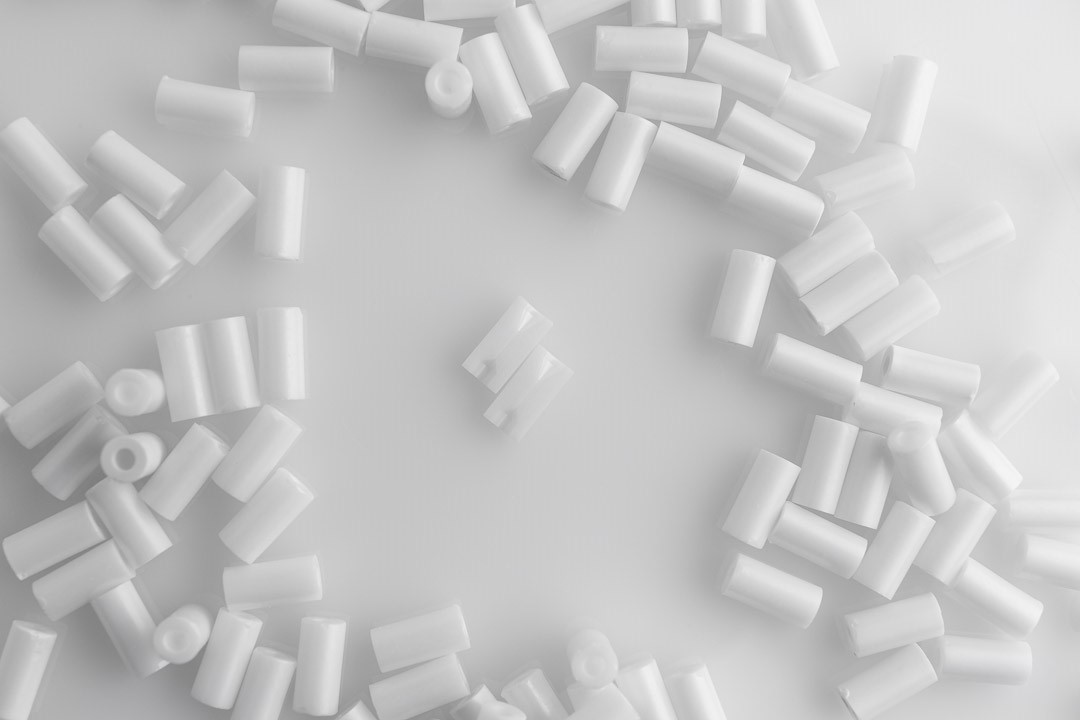
What are the applications of ceramic injection molding?
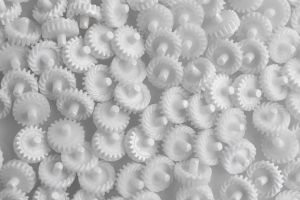
Ceramic Injection Molding makes it commercially feasible to manufacture complex geometries, with features such as undercuts, perpendicular holes, screw threads et cetera, that were previously too difficult and/or expensive using other traditional production techniques.
Shaping components in one process combined with the beneficial features of ceramic-like wear and corrosion resistance, superior hardness, high mechanical strength and thermal stability make it an perfect technology to use for various markets. CIM components can be used in medical devices, orthodontics, automotive, engines, watches, vacuum applications, consumer products, and more.
What are the benefits of ceramic injection molding?
CIM applications span a wide range of industries and areas of research.
- Forming net or near net shape parts
- Improving productivity and efficiency
- Lower manufacturing costs
- Improving product performance
High volume production / high degree of reproducibility - Smooth surface finish (no traces of machining like milling)
- Tight tolerances, typically ±0.3% of the dimension
We can achieve even tighter tolerances and higher surface parameters by applying techniques such as 5 axis CNC precision grinding.
What materials are used for ceramic injection molding?
In principle, any ceramic powder is suited for CIM, but at Nano Dimension we specialize in:
- Alumina
- Zirconia
- ATZ
- Electrostatic Discharge Materials (ESD)
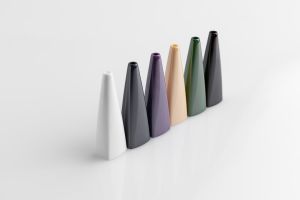
What steps are used for ceramic injection molding?
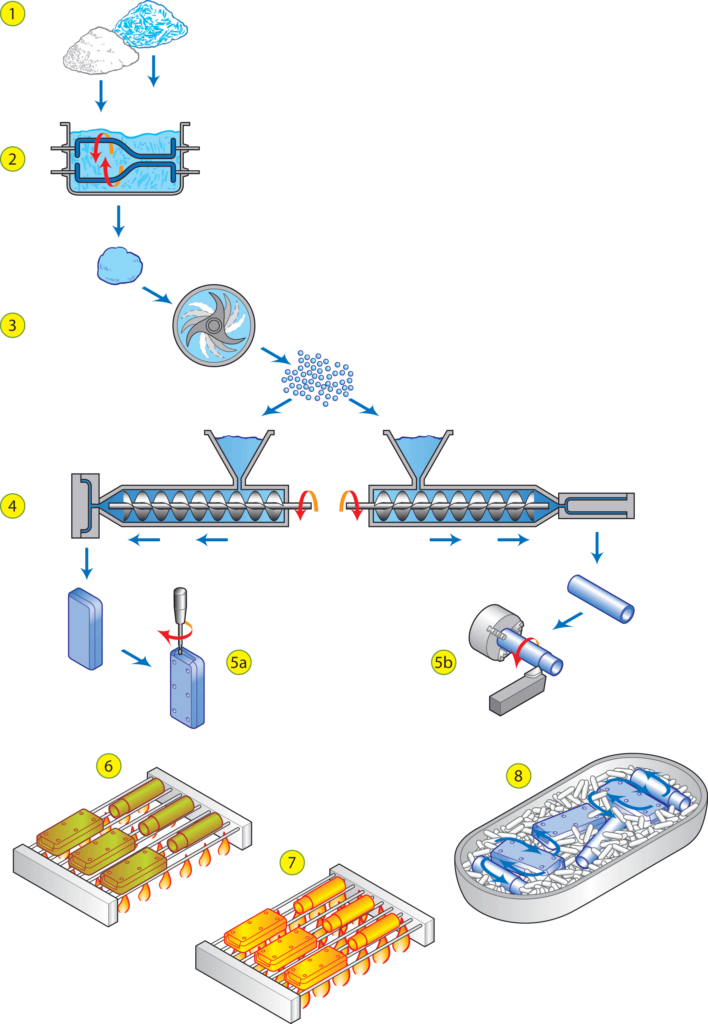
After deciding which ceramic you want to have for your application, the CIM process is as follows:
The first step in the ceramic injection molding process begins with very fine ceramic powders which are compounded with polymer binders into a feedstock. During molding, the feedstock plasticizes and is injected with high pressure into the cavity.
After molding, the product is in the green phase where we sometimes apply machining, like removing the injection point or adding features which are not possible with molding.
The next step is removing the binder thermally or chemically in a furnace, thi step is called debinding.
Debinding is followed by sintering. During this step, the ceramic particles fuse together and become a solid piece. The outcome is a fully dense ceramic component. In this final stage, the outstanding ceramic properties have been achieved.
Upon customer request, we can perform additional surface finishing like polishing, sandblasting and lasering for full customization of the parts/products.
With 20+ years of knowledge and experience, CIM has proven to be a reliable manufacturing method if you need volume production quantities of components in a superior material that can withstand physical, thermal, electrical and chemical challenges. It is an effective way producing complex precision parts with a high grade of repeatability and reproducibility.

